Long time (seven weeks!), no post. Not that there’s been any decrease in reflection or rumination here at the Skunkworks, but, frankly, of late, there’s been little new grist for the mill. A recent review of Mysterious Invaders: Twelve Famous 20th-Century Scientists Confront the UFO Phenomenon titles itself “The Never Ending Story,” though the same sentiment brings more to our mind echoes of the Talking Heads’ “Once in a Lifetime”: “Same as it ever was…” Of course, as I’ve remarked before, such an “Eternal Recurrence of the Same” is precisely a mark of the matter’s being a mythology.
What has been subject to reflection—however much interrupted by the demands of earning the funds to keep operations afloat here—is more substantial than whatever Ross Coulthart might most recently be on about, demanding concentrated effort and time. These subjects are: Dr. Kimberly S. Engels’ online course on the Phenomenology of UAP and two recent, long interviews with her on the matter (here and here), and the occult roots of a certain strain of the discourse around the Phenomenon, along with “the impossible,” “disenchantment,” and related matters.
Remarks like these introductory ones—the Phenomenon’s being a mythology, etc.—have led some readers here to take me for a skeptic (sceptic? Sckeptic?!…). Such readers might be surprised, then, should they turn to my poetic output, to find a golden thread of “occult” interests and concerns. A reader of Yeats (a psychical researcher and member of the Order of the Golden Dawn), William Burroughs (with his interest in magic, conspiracy theories, and writing a “mythology for the Space Age”) and John Cage (who employed the I Ching—an interest of Jung’s—in making his art, musical, poetic, and visual), my imagination and the matter and manner of my own creative work has been impacted by this “occult tradition”—in the arts.
Among my earliest poetic influences is Ezra Pound, whose ABC of Reading and Selected Poems were the first poetry books I happened to pick off the library shelves when I first started out as a poet. As Demetres Tryphonopoulos argues, Pound came of age in a London steeped in Spiritualism and Theosophy, to the point one can read his monumentally catastrophic epic The Cantos as an occult initiation. Tryphonopoulos follows up on the scholarship of Leon Surette, whose Light from Eleusis was the first to breach the question of the influence of the occult on The Cantos and whose research has gone on to investigate the same influence on anglophone literary Modernism in general. Their research is complemented by, doubtless among other contributions, Matte Robinson’s The Astral H.D., which reveals how invested is Hilda Doolittle’s poetry in Spiritualism and astrology. Among the American “postmodern” poets of importance to me are Charles Olson, famous for his interest in Jung, and Robert Duncan, raised as a Theosophist. Moreover, regular visitors here will know the importance of German Idealism to my thinking, the Jena Romantics, Kant, Hegel, and Marx, all the way down to Adorno. The “mystical sources of German Romantic philosophy” are well-documented. Glenn Magee has made a disturbingly strong case for the influence of Hermetic thought on Hegel, a case extended (by others) to include even Marx.
In this light (from Eleusis or elsewhere), I share three poems, drawn from my three trade editions to date. The first, “Otto,” from Grand Gnostic Central (n.b. the title!), is a “dialogue of the soul with itself,” ruminating over—at the speed of thought—among other things, just what to make of stories Yeats tells of his occult researches. The second, “Saint Patrick’s Day 2003” from March End Prill, is a Fortean poem with a vengeance, framing the “chance” coincidence, meaningful or otherwise, of Saint Patrick’s Day, the story of a prophetic carp, the invasion of Iraq, and a fish fall. Finally—and this might well raise a few eyebrows—“Merely mechanical talents can write” from Ladonian Magnitudes, recounts an angel sighting. One sunny, summer afternoon, a close friend and I were on my apartment’s balcony, which faced “Montreal west.” The sky was a vivid blue in which floated heat-puffed cumulonimbus (which the poem misidentifies as cirrus, doubtlessly motivated by the poem’s prosody). At one point, our wandering attention rested on a brightly-lit, little “stage” in the clouds, upon which stood what pareidolically resembled the Cristo Redentor statue in Rio de Janeiro. After a short time, the figure appeared to fold its arms, revealing wings the arms had obscured. My friend turned to me and asked, in a low, awe-struck voice, “Did you see that, too?”
Below, the poems, each followed by recording of their being read (with apologies for my Latin and Hebrew…).


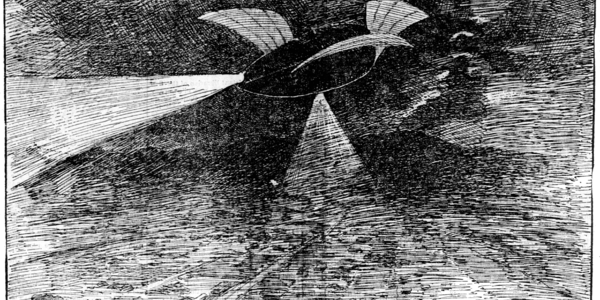
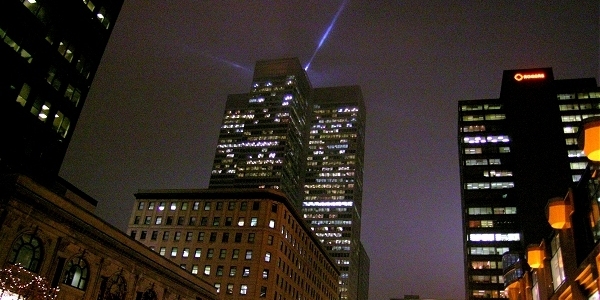
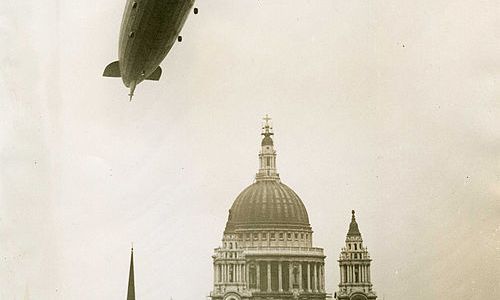
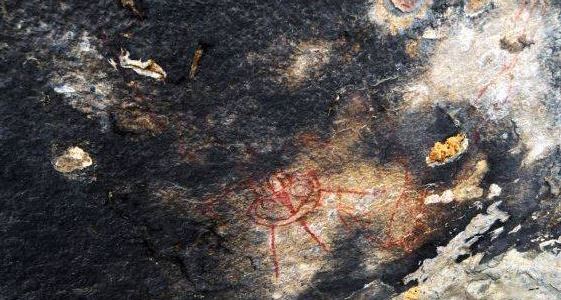
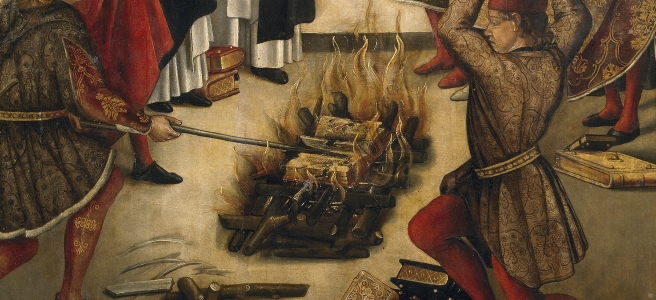
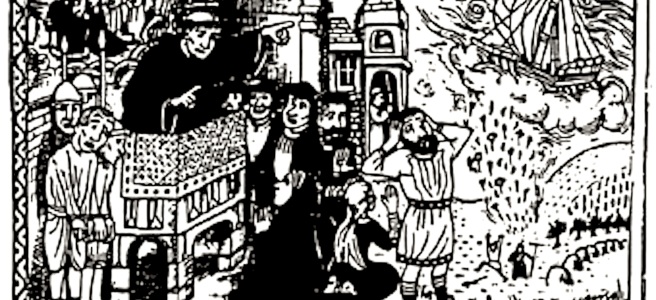
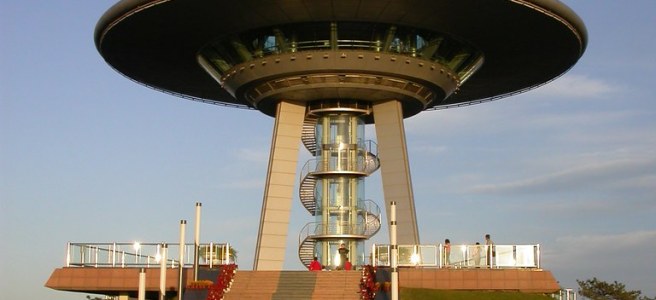


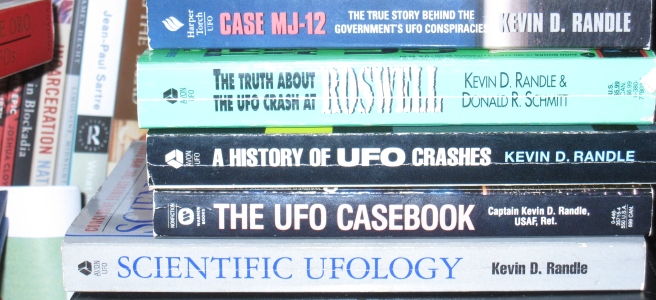

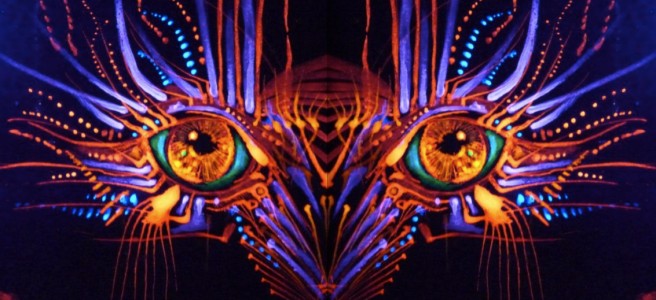
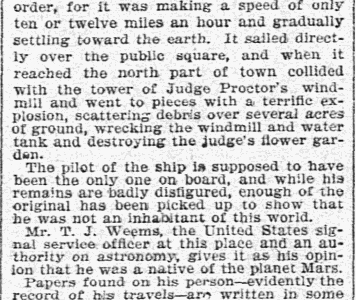
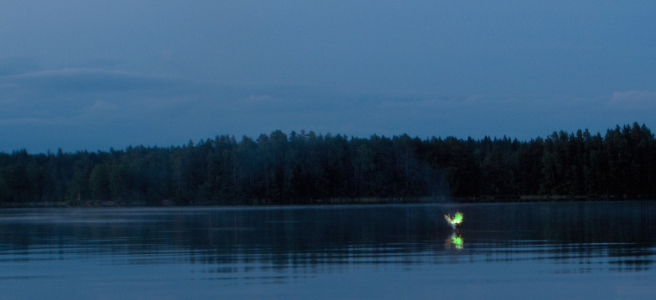
 over twenty years ago, and the response, livelier than any to any of my work in recent memory, encourages me to return to the work that chapbook began.
over twenty years ago, and the response, livelier than any to any of my work in recent memory, encourages me to return to the work that chapbook began. So, for interested parties, I append one of the first poems from this project, the last poem of my first trade edition,
So, for interested parties, I append one of the first poems from this project, the last poem of my first trade edition,